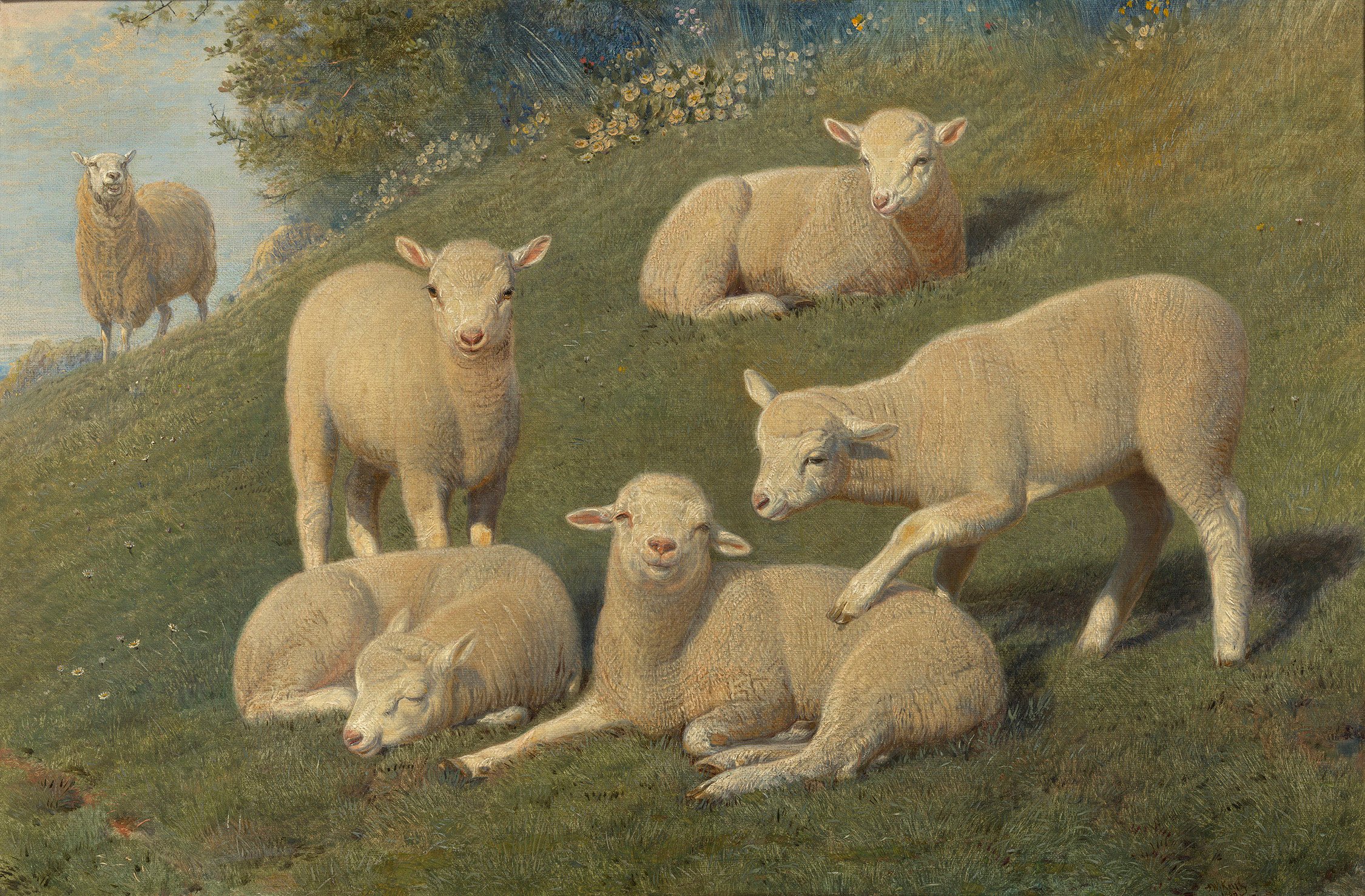
Easter in the Royal Collection
Explore Easter imagery in the Royal Collection
Basket of flowers egg
1901Silver, parcel-gilt, gold, guilloché enamel, diamonds | 23.0 x 10.0 cm (whole object) | RCIN 40098
Easter is traditionally the most important celebration in the Russian Orthodox calendar. Hand-dyed hen’s eggs would be brought to church and blessed and presented to family and friends. By the late nineteenth century, this practice evolved amongst the St Petersburg aristocracy into the exchange of costly gifts.
The most famous and expensive Easter Eggs in the world are the Easter eggs, made by Carl Fabergé for the last two Emperors of Russia to give to their consorts on Easter Day. The first Fabergé Easter egg was commissioned by Emperor Alexander III in 1885, as a present for his consort, Marie Feodorovna. It became the first in a series of fifty produced by Faberge for the Russian imperial family between 1885 and 1916. Each egg is completely unique and many contain surprises.
Find out more about Fabergé surprises with this short film:
A Fabergé Surprise ©




